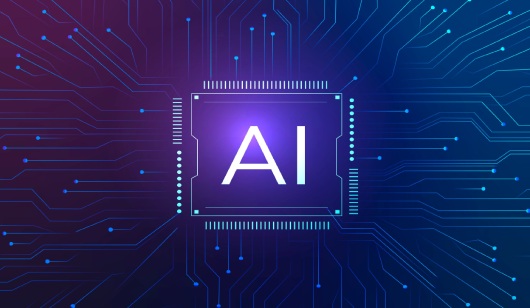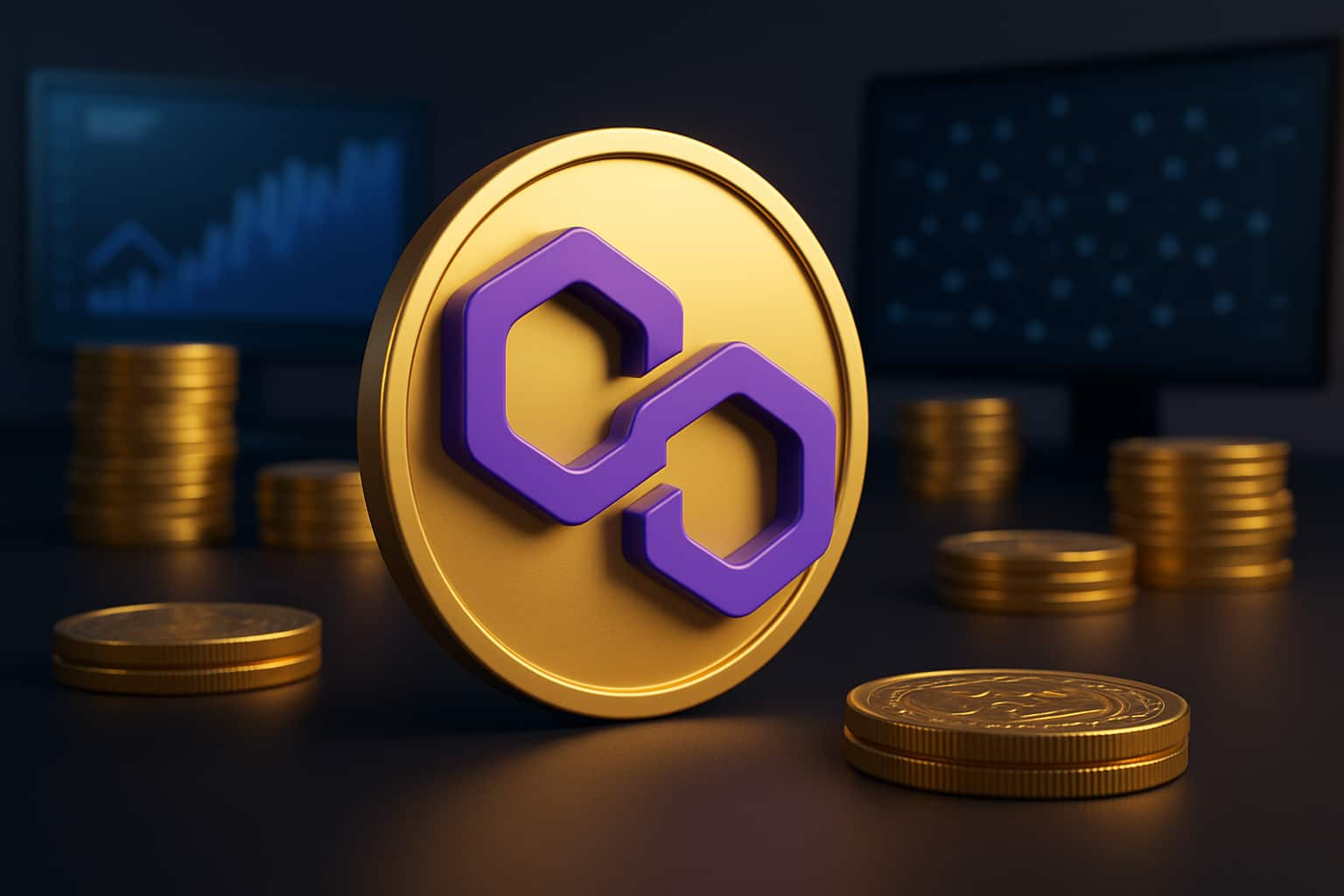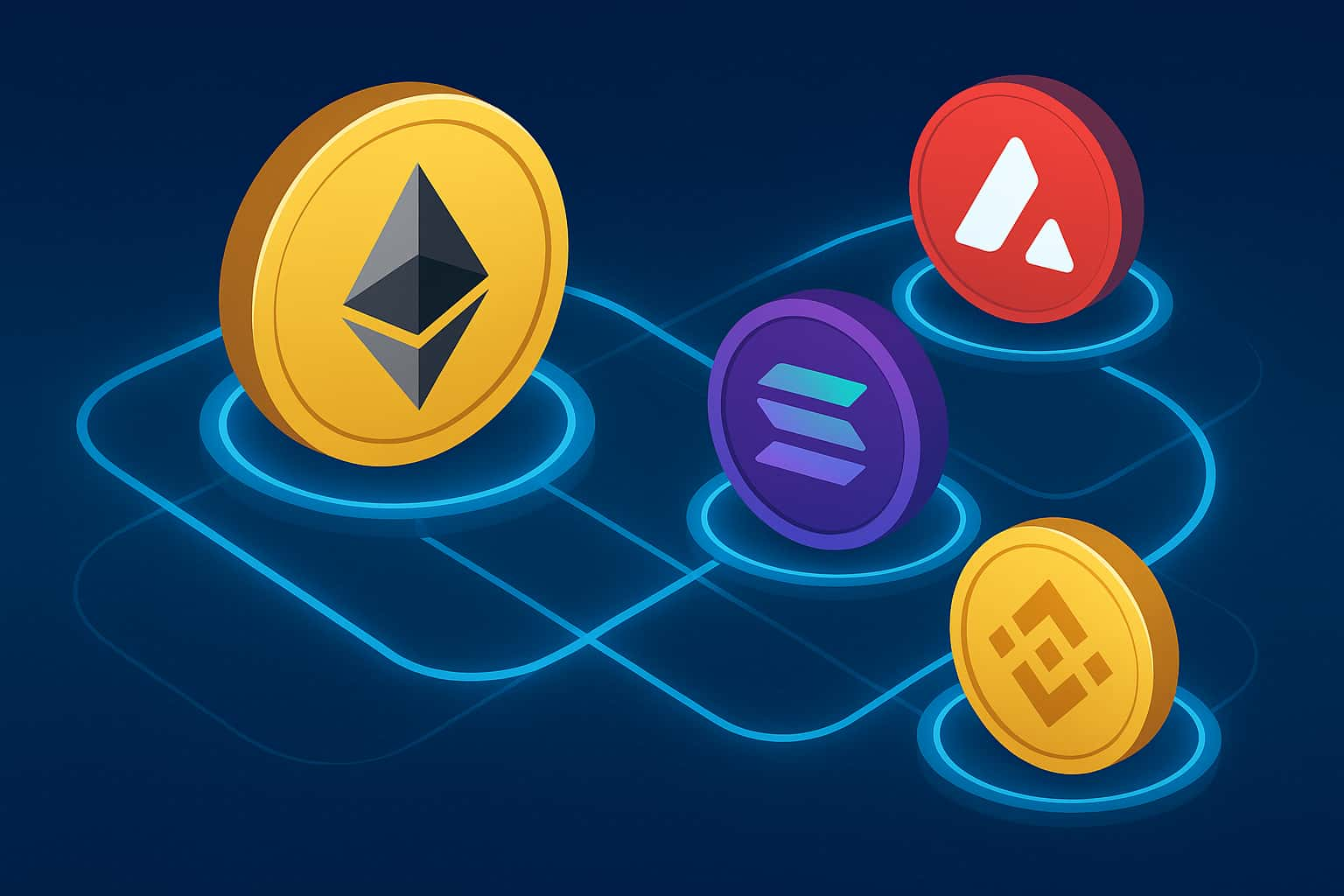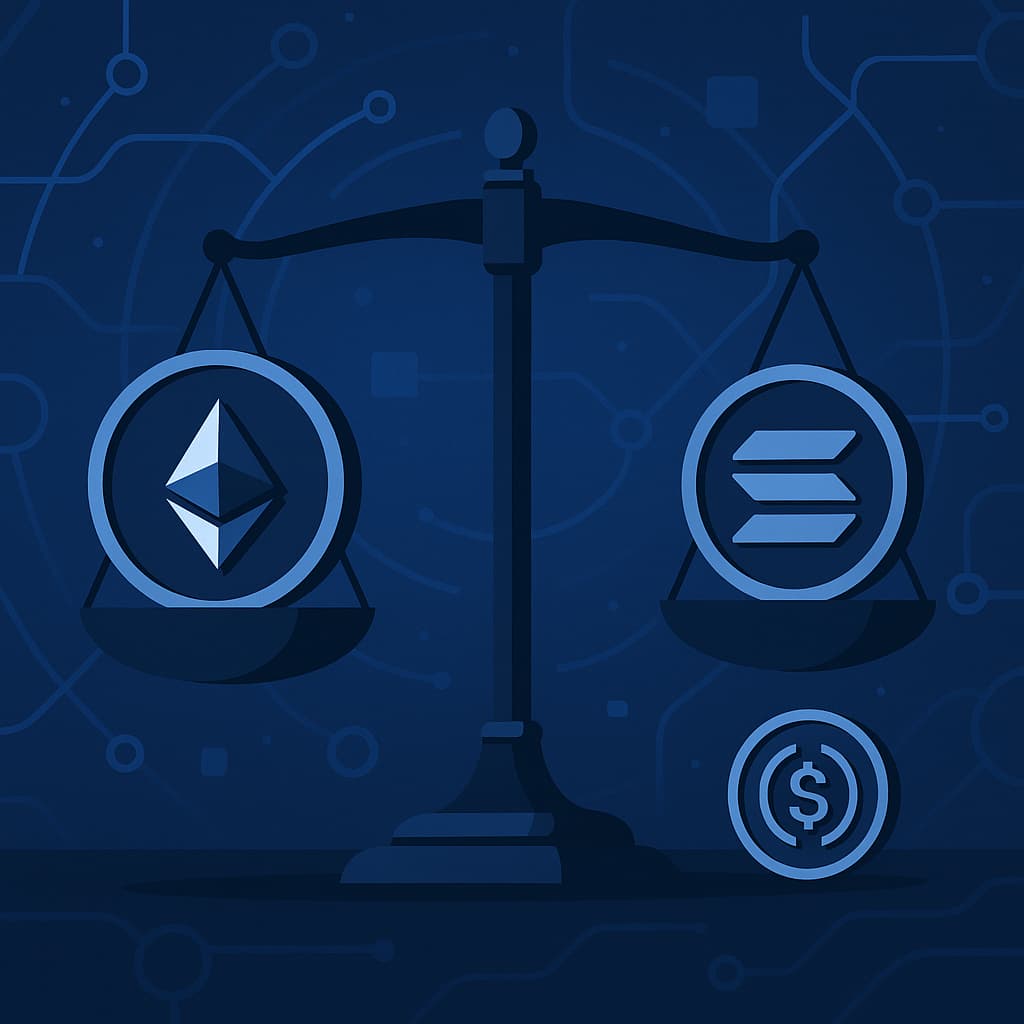-
How AI is transforming the NFT marketplace ecosystem in 2025
Amidst the rapidly changing realm of digital assets and blockchain technology, non-fungible tokens (NFTs) have risen as a pioneering catalyst. With the expansion of the NFT marketplace, another groundbreaking force is leaving its imprint – artificial intelligence (AI). The convergence of AI and NFTs is redefining how we craft, uncover, and engage in digital art and collectibles. Within this article, we explore the profound influence of AI on the NFT marketplace ecosystem. We delve into its transformative effects on creators, collectors, NFT marketplace development, and the industry.
Understand the impact of AI on NFT marketplaces
AI can enhance NFT marketplaces by optimizing curation and discovery, accurately valuing NFTs, verifying authenticity, and generating new AI-assisted or LLM-powered NFTs. This fusion of NFTs and AI elevates the user experience. Additionally, it revolutionizes digital assets development, valuation, and experience within this rapidly evolving ecosystem.
Here is the impact of AI in the NFT marketplace ecosystem:Enhance curation and discovery with recommendation engines
The sheer volume of NFTs flooding the market makes their development and discovery a challenge. AI algorithms analyze user preferences, past interactions, and trending content to tailor recommendations. It streamlines the process of discovering NFTs according to collectors' preferences using multimodal AI models.
This personalized experience enhances engagement and reduces the time-consuming task of sifting through an abundance of options.
You May Also Like | NFTs in Healthcare: Applications to Know
Set smarter prices using real-time valuation tools
AI-powered tools aid creators and collectors in establishing fair and precise valuations for NFTs. AI-driven models analyze historical data, market trends, and the artist's reputation.
AI-infused pricing models empower creators to establish prices aligned with market demand and artistic significance. It promotes transparency and averts instances of overvaluation or undervaluation.
Detect counterfeits with AI-powered authenticity checks
AI provides robust anti-counterfeiting measures within the NFT marketplace through its ability to thoroughly authenticate and verify the authenticity of digital assets. AI scans metadata, digital signatures, and unique identifiers embedded within NFTs to identify any inconsistencies or potential forgeries. It employs sophisticated algorithms.
Additionally, AI can cross-reference data against a decentralized ledger to ensure the legitimate origin and ownership of NFTs. Thus, it safeguards against counterfeit entries.
These AI-driven verification mechanisms bolster trust and confidence among collectors and users. It fortifies the integrity of the NFT marketplace against fraudulent activities.
Check It Out | Definitive Features for NFT Marketplace DevelopmentAutomate licensing and royalty distribution
AI streamlines licensing and royalties within NFT marketplaces by automating the tracking and distribution of payments. AI ensures that creators receive their rightful royalties every time their NFTs are resold through smart contract integration. It eliminates the need for manual monitoring and enforcement.
Additionally, AI-driven systems can accurately calculate and distribute payments based on predefined terms. It enhances transparency and trust between creators and collectors.
This automation simplifies the complex process of managing royalties. Also, it ensures fair compensation of artists throughout the lifespan of their NFTs in the secondary market.
Also, Discover | NFT Royalties Explained | Empowering Artists and InvestorsForecast trends with predictive market analytics
AI offers predictive market insights within the NFT marketplace by leveraging data analysis and pattern recognition. AI algorithms evaluate historical transaction data, user behaviors, and external factors like social trends or technological advancements. It helps AI algorithms anticipate potential shifts in demand, identify emerging artistic genres, and predict investment opportunities.
This aspect empowers both creators and collectors with valuable foresight. It enables them to make informed decisions about NFT acquisition, creation, and engagement. AI's predictive capabilities enhance strategic planning and enable users to stay ahead in a dynamic and rapidly evolving NFT landscape.Deliver personalized NFTs based on user data
AI-driven creation of hyper-personalized NFTs brings substantial benefits to the NFT marketplace. These NFTs can resonate with collectors by tailoring digital assets to individual preferences, enhancing their emotional connection.
This heightened engagement boosts NFT adoption and transactions, benefiting creators and the NFT marketplace alike. Additionally, AI-generated hyper-personalized NFTs elevate the NFT experience to attract wider audiences, drive market growth, and establish a new paradigm for personalized digital ownership.Suggested Read | AI for Crypto Wallet Development | Exploring Its Advantages
Use AI to improve NFT search and user experience
AI is transforming how users find and engage with NFTs. From smarter search to personalized drops, it makes browsing faster, easier, and more relevant.
Apply multimodal AI for better search results
Multimodal AI combines image, text, and metadata to deliver more accurate search results. Instead of relying on keywords alone, it understands the visual style and context of NFTs.
For example, a search for “cyberpunk art” returns items that look cyberpunk, not just those labeled that way. This leads to faster discovery and more satisfying results.
Recommend NFTs using behavioral signals
AI tracks how users browse, click, and collect. Based on this behavior, it suggests NFTs are aligned with personal taste.
If a user often views generative art or bids on emerging artists, the system surfaces similar assets. These targeted suggestions increase relevance and drive more purchases.
Customize collections and drops by audience type
AI segments users into groups like collectors, gamers, or investors and tailors drops accordingly.
Each audience sees curated NFTs and timing that match their interests. This boosts engagement, improves conversions, and makes each user's journey feel personalized.
Create and manage NFTs with generative AI
Generative AI unlocks new creative possibilities in the NFT space. It offers zero-code generation, allowing creators to produce, personalize, and evolve digital assets with minimal effort and no technical background, transforming how NFTs are made, experienced, and managed.
Generate art, avatars, and stories from prompts
With just a text prompt, creators can use AI to generate unique artwork, avatars, or narrative-based NFTs. Tools like DALL·E, Midjourney v6+, and GPT-based models simplify content creation—no design or coding needed.
This lowers the barrier to entry, fuels rapid experimentation, and gives collectors access to highly original, AI-crafted NFTs.
Build dynamic NFTs that evolve over time
AI can power NFTs that change based on real-world data, user actions, or time. For example, a gaming character NFT could level up with gameplay, or a music NFT could remix itself daily based on user trends.
These evolving NFTs offer more utility, engagement, and long-term value than static digital items.
Add AI-driven interactivity and emotion
AI enables NFTs to respond with personality through voice, text, or behavior and can even adapt to a user's mood through emotion-sensing NFTs. Collectors can interact with their NFTs via chat, voice commands, or emotional responses.
This turns NFTs into living, responsive experiences, opening up new use cases in art, gaming, education, and virtual companionship.
Power smarter NFT platforms with automation
AI-powered automation is streamlining NFT platforms—from creator tools to community management. It reduces manual effort, improves support, and enhances platform efficiency.
Use chatbots to assist buyers and creators
AI chatbots can handle FAQs, guide new users, and assist creators with minting, royalties, or metadata questions. Available 24/7, they reduce support load and offer instant help—making platforms more user-friendly and scalable.
Moderate communities with AI-based filters
AI moderation tools can detect spam, hate speech, scams, and off-topic content across chat, forums, or Discord groups. This helps maintain healthy, respectful communities—especially as NFT platforms scale globally.
Speed up creator workflows with intelligent toolkits
AI toolkits automate time-consuming tasks like tagging, title generation, image enhancement, and metadata creation. Creators can focus more on art and less on admin—speeding up production and improving output quality.
Add real-world utility to NFTs with AI
AI takes NFTs beyond static digital assets by linking them to real-world functions, access control, and personalized virtual experiences—making them more practical and valuable.
Gate content and access using AI decisions
AI can evaluate user behavior, ownership patterns, or engagement levels to grant or restrict access to gated content, events, or communities. This creates dynamic, value-driven experiences based on real interaction, not just token holding.
Connect NFTs to identity and reputation
NFTs can evolve into identity markers. With AI, platforms can link NFT ownership to verified behaviors, achievements, or community trust scores. This enables reputation-based access to services, exclusive perks, or governance rights.
Personalize metaverse and gaming experiences
AI uses player data and preferences to customize in-game assets, avatars, and environments tied to NFTs. This makes metaverse and gaming experiences more immersive, interactive, and tailored driving long-term engagement and user loyalty.
Enhance RWA-backed NFTs using AI tools
AI strengthens real-world asset (RWA) tokenization by bringing accuracy, automation, and risk intelligence to NFT-backed assets like real estate, commodities, and invoices. This boosts investor trust and operational efficiency.
Predict real-world asset prices and demand
AI models analyze market trends, economic indicators, and historical data to forecast the value and demand for real-world assets. This helps NFT platforms price RWA-backed tokens more accurately and time launches strategically.
Automate compliance and legal metadata checks
AI can scan and validate legal documents, ownership proofs, and jurisdictional data tied to real-world assets. It flags inconsistencies, ensures metadata accuracy, and reduces legal risks during tokenization and secondary trading.
Evaluate risk and performance of asset-backed NFTs
AI assesses the underlying asset's volatility, historical performance, and macro risk factors. Investors can use this analysis to make better decisions, while platforms can automate scoring models for risk-adjusted asset listings.
Solve ethical and technical challenges
As AI and NFTs converge, new risks emerge. Addressing ownership rights, algorithmic fairness, and sustainability is key to building trusted and future-ready platforms.
Define IP ownership for AI-generated NFTs
Who owns an artwork created by AI? Platforms must define intellectual property (IP) rights clearly—whether it's the prompt creator, AI model owner, or platform. Smart contracts and legal frameworks are needed to protect creators and avoid disputes
Prevent bias in AI-based rankings and pricing
AI models trained on limited or skewed data may favor certain styles, creators, or assets. This can distort NFT discovery and pricing. Auditing models and diversifying training data helps ensure fairness and transparency in AI-driven outcomes.
Reduce the energy footprint of AI-blockchain systems
Both AI processing and blockchain networks can be energy-intensive. Using efficient models, layer-2 scaling, and greener infrastructure helps reduce environmental impact—ensuring innovation aligns with sustainability goals.
Conclusion: The future of AI-driven NFT innovation
AI's influence spans curation, valuation, security, creation, and personalization, elevating the NFT experience for creators, collectors, and enthusiasts alike. This synergy has ignited the emergence of an NFT ecosystem that is more dynamic, intuitive, and personalized. In this environment, refinement of discovery, assurance of authenticity, and the exploration of new dimensions in art occur.
With AI-powered advancements continuing to shape the future of NFTs, the potential for innovation and growth within the NFT marketplace remains boundless.
Ready to infuse AI into your NFT marketplace? Our blockchain experts are here to explore your project needs and drive innovation. Connect with us today!
Frequently asked questions (FAQs)
Here are a few commonly asked questions.
What is the best AI tool for NFT creation?
It depends on what you're creating:
- Art NFTs: Midjourney, DALL·E, Stable Diffusion
- Interactive/Avatar NFTs: Replika AI, Altered Studio
- Style transfer & filters: RunwayML, Artbreeder
Choose tools based on whether you need static generative art, evolving avatars, interactive content or dynamic hybrid tokens.
H3: Can I legally sell AI-generated NFTs?
Yes, if you own the rights to the generated content.
- Use tools that grant full commercial use
- Avoid platforms with restrictive terms
- Add IP rights in NFT metadata or smart contracts
Always check the tool's license before minting.
H3: Who owns AI-generated art?
Ownership depends on the platform and jurisdiction:
- You typically own it if you created the prompt
- The AI provider may retain rights if stated in their T&Cs
- Some countries don't recognize copyright for AI-only work
When in doubt, add clear terms or use open licenses like Creative Commons.
H3: What AI tools can turn images into NFTs?
Here are a few beginner-friendly options:
- DeepAI – Enhance and stylize images
- RunwayML – Add effects and animations
- Artbreeder – Mix and evolve image styles
After creating, mint on platforms like OpenSea or Rarible.
H3: Can AI art be copyrighted?
Usually not on its own—but you can protect it if you add human input:
- Pure AI art (no human involvement) = no copyright (in most regions)
- Prompting, editing, or curating = may qualify
- Consider using licenses or blockchain-based attribution
Check local copyright laws or consult a legal expert if unsure.
H3: What is the future of AI in crypto and NFTs?
AI will continue to reshape Web3 by:
- Powering search, pricing, and content curation in NFT marketplaces
- Automating royalties, legal checks, and asset evolution
- Enhancing crypto trading, analytics, and risk management
Expect smarter, more personalized, and more scalable NFT platforms ahead.

Our Offices
INDIA
Emaar Digital Greens, Sector 61,
Gurugram, Haryana
122011.
Welldone Tech Park,
Sector 48, Sohna road,
Gurugram, Haryana
122018.















